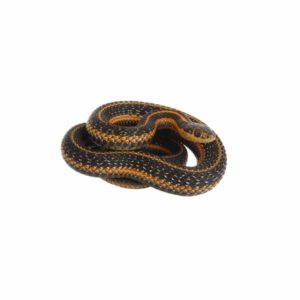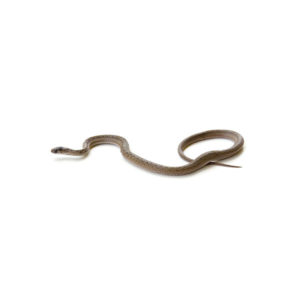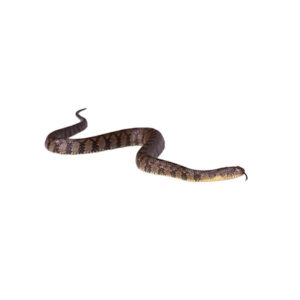Common Water Snakes in Winston-Salem
Found throughout Winston-Salem, the common watersnake often basks on logs and rocks. It also lounges or hides in reservoirs and in the limestone rip-rap that lines the river’s shoreline. Feeding primarily on fish and amphibians, the common water snake prefers slow-moving fish. Once water snakes reach about 1.5 feet in length, their food preference changes from fish to frogs and other larger animals like salamanders and toads.
Common Water Snakes Habitat
The species is common along major rivers, where it can often be found basking in tree limbs hanging over the water. Active day and night, common water snakes search for prey on the lake or river bottom, investigating under rocks, branches, and in crevices for hiding prey. They prefer warm, permanent, shallow water with access to basking locations such as rocky ledges, logs, and bridge piers. They can be found in both urban and rural settings. In the fall they may be found away from water as they travel to hibernation spots.
Common Water Snakes Behaviors, Threats, or Dangers
Though non-venomous, common water snakes are known for their readiness to bite, so care should be taken when interacting with them. When threatened, common water snakes will expand their jaw and flatten their head to make them look larger. They will strike and bite, as well as release musk if captured. If you are having an issue with common water snakes on your property, it is best to consult a professional pest control company for removal.





